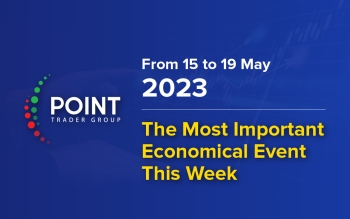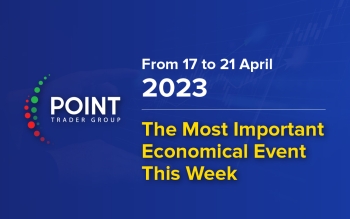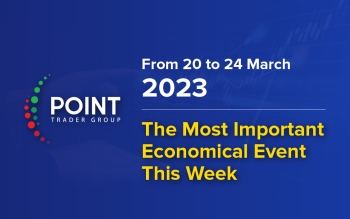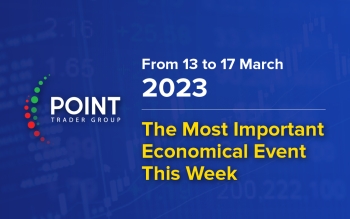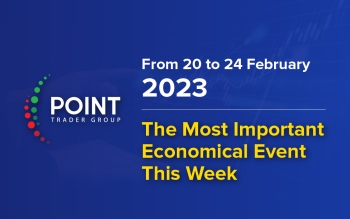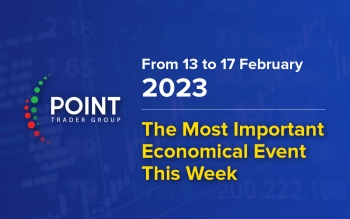The most important expected economic data for this week, from January 9 to January 13, 2023
The most important data expected this week
United State
Fed Chair Powell Speech - Tuesday (04:00 PM)
Federal Reserve policymakers continued to believe that continued increases in the federal funds rate would be appropriate, and that the restrictive monetary policy stance should remain in place until incoming data provided evidence that inflation was on a sustainable downward trajectory, which was likely to take some time. Many respondents also acknowledged the historical precedent of premature easing of monetary policy, as this would lead to an unacceptable level of inflation. In addition, no participant predicted that it would be appropriate to cut the federal funds rate in 2023. The Federal Reserve raised the federal funds rate by 50 basis points to 4.25%-4.5% during the last monetary policy meeting of 2022, which raised Interest rates to the highest level since 2007, in line with market expectations. This was the seventh consecutive increase in interest rates, after four consecutive one-third point increases.
US Energy Information Administration Short Term Energy Outlook - Tuesday (07:00 PM)
The US Energy Information Administration's Short-Term Energy Outlook is a monthly publication that provides forecasts through the end of the following year for major fuel consumption, supply, trade volume, and prices. The report also discusses the markets for crude oil, petroleum products and natural gas. The primary purpose of the report is to discuss US energy markets, however, it also includes forecasts for international markets for some liquid fuels.
US Crude Oil Inventories - Wednesday (05:30 PM)
The latest report from the US Energy Information Administration revealed that crude oil inventories in the country increased by 1.694 million barrels in the week ending December 30, which is larger than the expected increase of 1.154 million barrels.
Core CPI (Excluding Food and Energy) (MoM) (Dec) - Thursday (03:30pm)
The consumer price index in the United States increased by 6% in November of 2022 compared to the same month in the previous year, this was slightly less than the expected increase of 6.1%.
CPI (YoY) (Dec) - Thursday (03:30pm)
The annual rate of inflation in the United States decreased for the fifth consecutive month to 7.1% in November of 2022, this was the lowest level since December of last year, and was below expectations of 7.3%. The inflation rate was 7.7% in October. Annual inflation is still expected to exceed 3% - this indicates that prices will rise significantly.
Unemployment Claims Rates - Thursday (03:30 PM)
The number of Americans filing for unemployment benefits fell to 204,000 in the week ending December 31, from the previous week's revised figure of 223,000. This was below market expectations of 225,000. This was the lowest number since late September, indicating that the labor market is not still tight. The 4-week average, which excludes weekly volatility, fell to 213.75K from 220.5K. On an extraordinary basis, the number of claims increased from 6,000 to 276,000.
Britain
GDP (MoM) - Friday (09:00 AM)
The British economy grew by 0.5% in October of 2021, which was the largest increase in nearly a year and exceeded expectations of 0.4%. This follows a 0.6% decline in September, when a second bank holiday was added in honor of Queen Elizabeth's funeral, which led to lower output. Looking at the three months through October, GDP fell 0.3% but the economy expanded 0.4% from before the virus.
Manufacturing Production Index (MoM) (November) - Friday (09:00 AM)
UK Industrial Production rose 0.7% in October 2022, compared to market expectations of no change and the flat reading from September. This was the first increase in industrial production since May, and this was supported by an increase in the production of food, beverages and tobacco products (0.2% vs. followed by a decrease of 0.6% in September, coke and refined petroleum products. (1.3% vs. 0.3% of the total). - 3%). The percentage of Muslims is 9.3%, and rubber and plastic products are 0.7%, while the majority of the population is Christian (80.7%). 2.3% of the total, compared to 0.3% for the United States as a whole (.2.7%). On a year over year basis, industrial production fell 4.6% in October, the smallest drop since April, below the consensus estimate for a 5.4% decline and following a 5.8% drop in September.
GMT +2

 English
English


